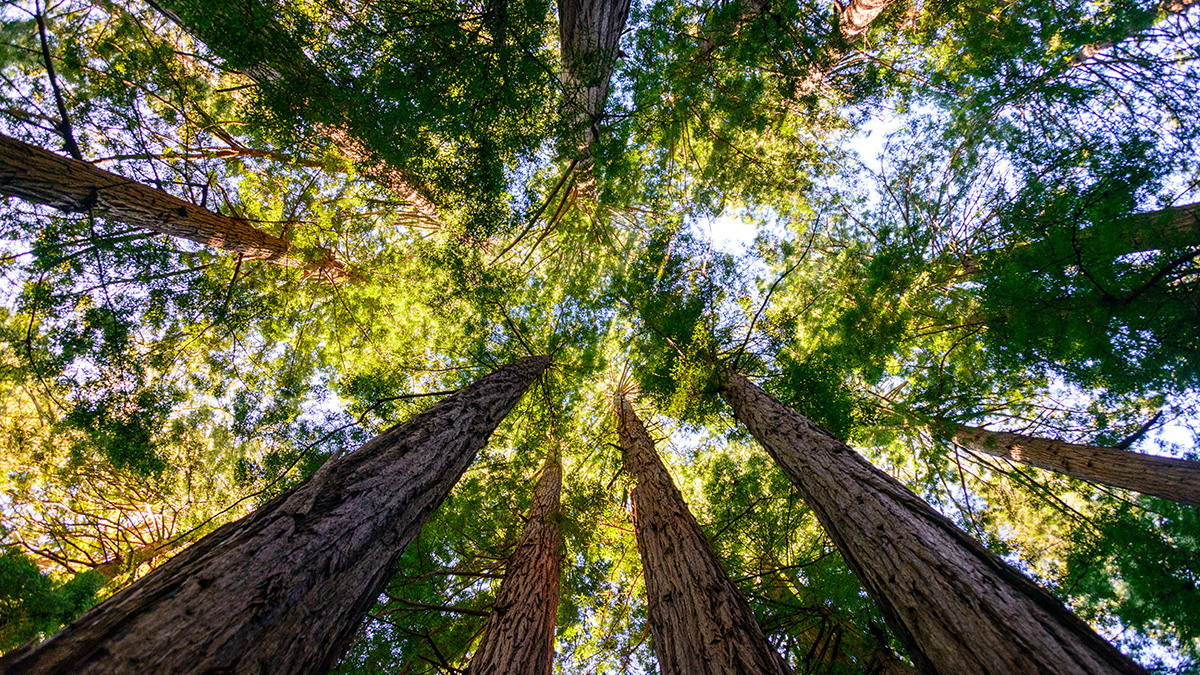News
Nature restoration and wind energy go hand in hand

6 June 2023
With its Nature Restoration Law the EU is planning new legislation to restore Europe’s natural ecosystems. The European Commission has proposed binding restoration targets for specific habitats and species. It aims to restore 30% of the EU’s degraded areas, and ultimately all ecosystems in need of restoration by 2050. WindEurope emphatically supports this target. 30% nature restoration does not undermine the EU’s climate and energy targets. On the contrary: nature restoration and wind energy expansion go hand in hand.
WindEurope empathically supports the European Commission’s target of restoring 30% of the EU’s degraded areas. The Nature Restoration Law is a central element of the EU’s Green Deal, and the Commission’s proposal must not be watered down or delayed.
Certain political groups in the European Parliament such as the European People’s Party (EPP) have recently suggested that nature restoration and the energy transition were incompatible. The EPP used this argument to justify its rejection of the proposed nature restoration law in the European Parliament’s AGRI and PECHE Committees. In a tweet they said: “We want to postpone new laws that (…) endanger renewable energy”.
This is fundamentally wrong. Nature restoration and the expansion of wind energy go hand in hand.
Climate protection is critical to biodiversity protection. The WWF describes biodiversity loss and climate change as “two sides of the same coin.” Wind energy is a key technology for climate protection. It is clean, free and readily available. In 2022 wind energy saved 138 million tonnes of CO2 in Europe. The EU want it to be saving up to 270 million tonnes in 2030 – the equivalent of Spain’s annual CO2 emissions.
The CO2 emissions involved in producing and installing a modern wind turbine are paid back within 6 months of operation for onshore wind and less than 1 year for offshore wind. Wind emits zero nitric oxides (NOx), sulphur oxides (SOx) or particulate matter. Its water footprint is neglectable.
Wind energy is mitigating its impacts on nature and biodiversity
The wind industry is constantly striving to mitigate its impact on nature and biodiversity and to accentuate its potentially positive impacts. We avoid building wind farms during bird nesting seasons or along major migratory routes. We reduce noise pollution for marine life when installing offshore wind farms by using air bubble curtains and hydro sound dampers.
We work closely with local authorities and bird specialists to improve the knowledge about the most vulnerable species. We prevent and reduce the impact of wind farms on these species through good planning and siting. Where appropriate, we use decoy systems or equip our wind turbines with radar-based detection systems that stop the rotor from spinning when birds or bats fly close to it. The industry is conducting detailed studies to understand our impact on local biodiversity such as birds and fish stocks.
Wind energy striving to maximise its positive biodiversity impacts
Wind farms can also have positive effects on local biodiversity by helping to preserve habitats and ecosystems. Once wind farms have been built their sites are left largely undisturbed for many years. In offshore wind farms bottom trawling and dredging cannot take place, which helps the seabed to regenerate and fish stocks to recover, aided by the growth of molluscs on the turbine foundations. Through targeted compensation measures wind farm operators often create new and improved biotopes for local flora and fauna.
Wind farm developers are actively working with NGOs to find ways of accentuating these positive biodiversity impacts. Ørsted has teamed up with WWF Denmark to explore how artificial reefs can help protect endangered oyster species. They’re also working to provide corals a new home in their offshore wind farms. Vattenfall is using artificial boulder reefs to enhance both coastal protection and marine biodiversity. They are also working on sustainable kelp and mussel farming in offshore wind farms. With the Dutch North Seas Foundation the wind industry is also farming oysters in wind farms.

